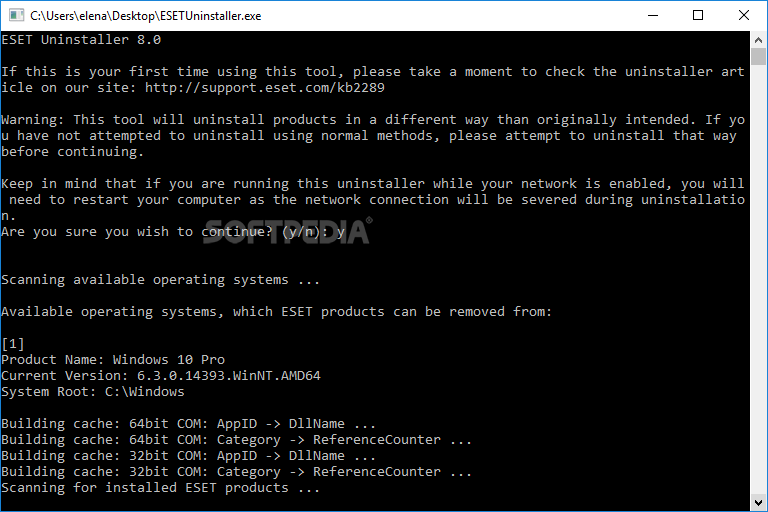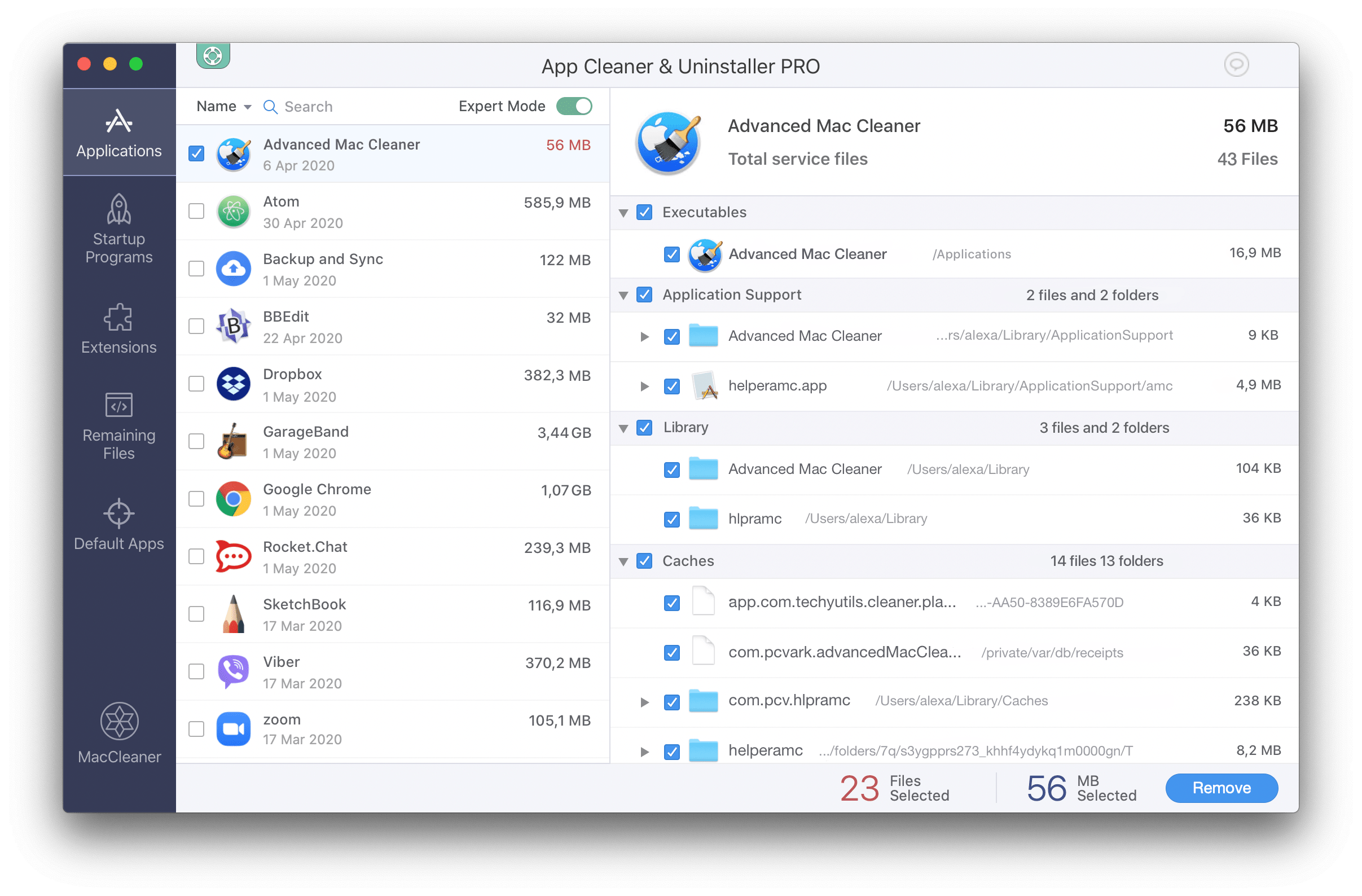

- UNINSTALL ADVANCED MAC CLEANER? HOW TO
- UNINSTALL ADVANCED MAC CLEANER? FULL
- UNINSTALL ADVANCED MAC CLEANER? CODE
Here are shortcuts to uninstall guides for some popular WordPress plugins that some people sometimes have issues with: define( 'WC_REMOVE_ALL_DATA', true) īut this is why it is important before you simply deactivate and delete a plugin, that you ensure you are doing it in the most efficient manner.
UNINSTALL ADVANCED MAC CLEANER? CODE
Other WordPress plugins might require an even more complex uninstall process, such as WooCommerce, in which you have to put the following code in your wp-config.php file before deleting it to completely remove all the data.
UNINSTALL ADVANCED MAC CLEANER? HOW TO
As you can see below we Googled “how to uninstall wordfence” and the first thing that returned was just that, their official docs on how to remove Wordfence completely. This means, most likely you will need to do a quick Google search, check the developer’s documentation on their site, or shoot them a quick email. One of the troubles with uninstalling a WordPress plugin the proper way is that each developer treats this a little differently. In this example, we are going to continue using the Wordfence plugin.
UNINSTALL ADVANCED MAC CLEANER? FULL
This could include everything from using the developer’s optional full removal process or having to do a self-cleanup in the database. Today we are going to show you a few recommendations and tricks on how to uninstall a WordPress theme and/or plugin the proper way. 🐌 Click to Tweet How to Uninstall a WordPress Plugin (the Proper Way) When it comes to #WordPress performance, database bloat plays a huge part. It would be nice to eventually see something like this required in the repository.

Delete plugin, data, and settings (full removal)īut that is not quite how things work yet.In an ideal world, when you go to uninstall a WordPress plugin, it should prompt you with three different options. Kevin Muldoon, an internet marketer and blogger, recently touched on this very subject in his post on why needs to make uninstall options compulsory. However, with that being said, a lot of them still don’t make it clear enough to users how to properly uninstall their plugin. However, there is good news, because a lot of them actually do have a way to do a proper cleanup, you probably just aren’t using them. If this mistake is made by the developer it means when the uninstall should have removed all of the data, it simply ran the deactivation process, leaving everything behind. Less experienced developers sometimes make the mistake of using the deactivation hook for this purpose. The WordPress plugin handbook is made for developers along with best practices on how to deactivate a plugin vs uninstalling a plugin (remove data). Most web hosts charge by the amount of disk space you use or have limits in place, and that includes your database. We’ve seen this first hand at Kinsta, long database queries bringing a site to crawl due to unnecessary autoloaded data in the wp_options table which has been left behind.Īnd then there is the issue of disk space. Generally, a well-written plugin should only query the tables or rows in which it is tied to, however, this is not always the case. Database queries have a large impact on your WordPress site’s performance, and plugins can make a lot of these requests if the developer wasn’t careful. But imagine a site over the course of 10 years, having used hundreds of plugins, that have generated possibly thousands of rows or tables. Unfortunately, another reason we have seen is that some developers might argue that leaving tables behind doesn’t affect the performance of your site. For less tech-savvy users, this could definitely be seen as a benefit, however, it isn’t the most efficient way.īut if for some reason you think you might return to a plugin later on, then yes, simply deleting the plugin using one of the above methods is the best route. Or if for some reason the plugin gets deleted by accident, you don’t have to panic. This means that you can reinstall the plugin at a later time and all your data will still be there. The first reason is that a lot of WordPress users bounce between plugins frequently, and by leaving the tables and rows behind in your database, this retains your settings. They Want to Retain Settings for the User But, here are a couple reasons why they probably aren’t as obvious right off the bat.

So you are probably wondering, why don’t developers have self-cleanup options when you uninstall and delete a plugin? Well, in fact, they do. Inactive WordPress plugins Why Do Developers Do This?


 0 kommentar(er)
0 kommentar(er)
